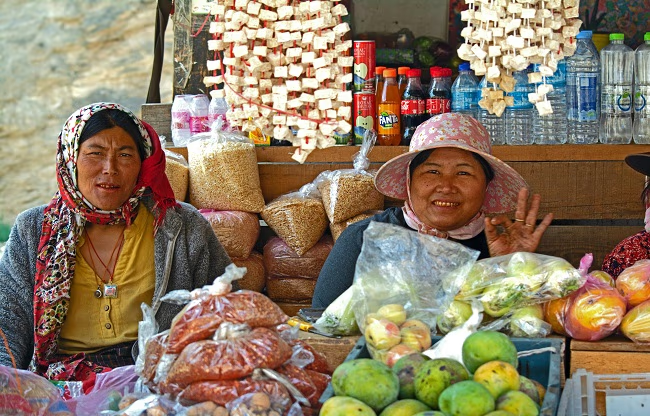Since the change of power in the White House, unexpected developments have occurred, one being Bhutan's inclusion in the proposed travel ban's red list. President Trump is considering stringent measures to curb illegal immigration with new proposals targeting 43 countries with varying restrictions. Citizens from less restrictive countries may travel to the U.S. more easily, but those from the red list face immense challenges pursuing the American dream.
The proposed red list names 11 countries, including Afghanistan, Somalia, Syria, North Korea, Libya, Yemen, and Sudan, alongside Bhutan. These nations have been plagued by civil unrest, whereas Bhutan has consistently ranked high on the Happiness Index.
Why the Tightened Measures Against Bhutan?
Bhutan operates on a Gross National Happiness model, introduced in 2008, which assesses citizens' well-being through 150 indicators. The Guardian reports that in 2022, Bhutan scored 0.781, reflecting significant contentment among its populace. However, another narrative exists, painting a starkly different picture.

Source: aajtak
The Great Exodus
Despite its reputation for happiness, Bhutan faces a massive emigration wave. In 2023, the People's Democratic Party released a manifesto highlighting ongoing emigration. In 2022 alone, 1.5% of the population moved to Australia, not counting the surge toward the U.S.
Bhutan is slightly larger than Belgium, yet its population is under 800,000. Despite the small populace, significant numbers seek opportunities abroad, motivated by several factors.
Political Constraints Persist
Firstly, Bhutan curtails political freedom compared to full democracies. In 2007, former King Jigme Singye Wangchuk voluntarily abdicated, allowing elections while limiting political discourse and opposition, challenging the new generation amidst global social media engagement.

Source: aajtak
Tourism Decline
Bhutan's economy heavily relies on tourism, which the pandemic severely disrupted. The lack of recovery in tourism drives citizens to explore overseas job opportunities, leading to increased migration to countries like Australia, known for accessible visas and favorable foreigner policies. Conversely, many Bhutanese have attempted illegal entry into the U.S.
Relying on Dangerous Routes
Many have taken dangerous journeys through Central and South American jungles, trafficker routes, and violent regions toward the U.S. Others vanish, overstaying tourist visas. These activities strain the patience of the new U.S. administration, prompting stricter visa regulations.
Struggles of Nepal-Origin Residents
Beneath Bhutan's peaceful facade lies a longstanding refugee crisis. It began in the 1980s when Bhutan clamped down on the Nepalese-speaking Lhotshampa community, settled from Nepal to cultivate challenging terrains. The 'One Nation, One People' policy stripped these individuals of Bhutanese citizenship, forced them to conform to local customs, and led to imprisonment for dissenters. A decade later, nearly 100,000 Lhotshampa fled to Nepal, where they found refuge but no citizenship.
In 2007, as the situation persisted, countries like the U.S., Canada, Australia, and parts of Europe offered relocation options. The U.S. alone accepted around 100,000 Bhutanese refugees, fueling concerns among impoverished residents left behind that seeking a better life abroad might be viable. This led to a rise in illegal emigration attempts from Bhutan, catching the Trump administration's ire and placing the peaceful nation among those listed for fostering terrorism.
The Lhotshampa Dilemma
The Lhotshampa are individuals of Nepalese origin residing in Bhutan's southern regions. They were invited for agricultural cultivation yet faced increasing resentment, culminating in hostility. Presently, the majority of Bhutanese refugees in the U.S., Australia, and Canada belong to the Lhotshampa community.




